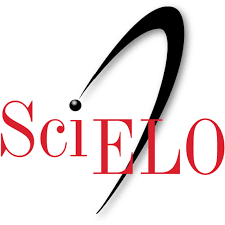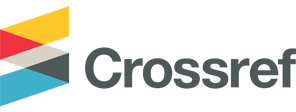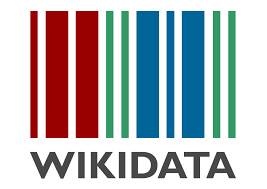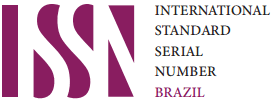Active Learning in Remote Teaching from the Perspective of Brazilian Dentistry Students: an observational cross-sectional study
DOI:
https://doi.org/10.4322/bds.2025.e4637Resumo
Objective: This study aimed to analyze the perceptions of first-year Dentistry students at a Brazilian public university, emphasizing the implementation of active methodologies during the remote teaching period. Material and Methods: Using a flipped classroom model combined with active methodologies and digital tools, the Histology and Embryology course integrated asynchronous video lectures, synchronous discussions, virtual microscopy, and diverse activities such as case studies and schematic drawings. Assessments included diagnostic tools and formative assessments, with individualized feedback and supplemental assignments for students who needed additional support. This cross-sectional study was conducted to assess student perceptions of these methodologies and their potential for future application. Results: Regarding the overall dynamic of the course, 63.5% of the students rated it as “excellent.” As for the tools employed, the positive percentage ranged from 87.55% to 94.4%. When asked about the challenges faced, issues related to internet connectivity and motivation were highlighted. Conclusion: This study concludes that the flipped classroom approach, combined with other active methodologies, provided a beneficial environment for the development of the course in the online format. This study’s limitations include the absence of a direct comparison between traditional teaching, flipped classroom methodologies, and hybrid approaches, highlighting the need for future research to evaluate their effectiveness comparatively.
KEYWORDS
Active learning; Education; eLearning; Histology; Perception.
Downloads
Downloads
Publicado
Como Citar
Edição
Seção
Licença
Copyright (c) 2025 Ellen Eduarda Fernandes, Anderson de Oliveira Nascimento, Jacqueline Maria Ferreira, Amjad Abu Hasna, Miguel Angel Castillo Salgado, Luana Marotta Reis de Vasconcellos, Marianne Spalding

Este trabalho está licenciado sob uma licença Creative Commons Attribution 4.0 International License.
TRANSFERÊNCIA DE DIREITOS AUTORAIS E DECLARAÇÃO DE RESPONSABILIDADE
Toda a propriedade de direitos autorais do artigo "____________________________________________________________________" é transferido do autor(es) para a CIÊNCIA ODONTOLÓGICA BRASILEIRA, no caso do trabalho ser publicado. O artigo não foi publicado em outro lugar e não foi submetido simultaneamente para publicação em outra revista.
Vimos por meio deste, atestar que trabalho é original e não apresenta dados manipulados, fraude ou plágio. Fizemos contribuição científica significativa para o estudo e estamos cientes dos dados apresentados e de acordo com a versão final do artigo. Assumimos total responsabilidade pelos aspectos éticos do estudo.
Este texto deve ser impresso e assinado por todos os autores. A versão digitalizada deverá ser apresentada como arquivo suplementar durante o processo de submissão.



























